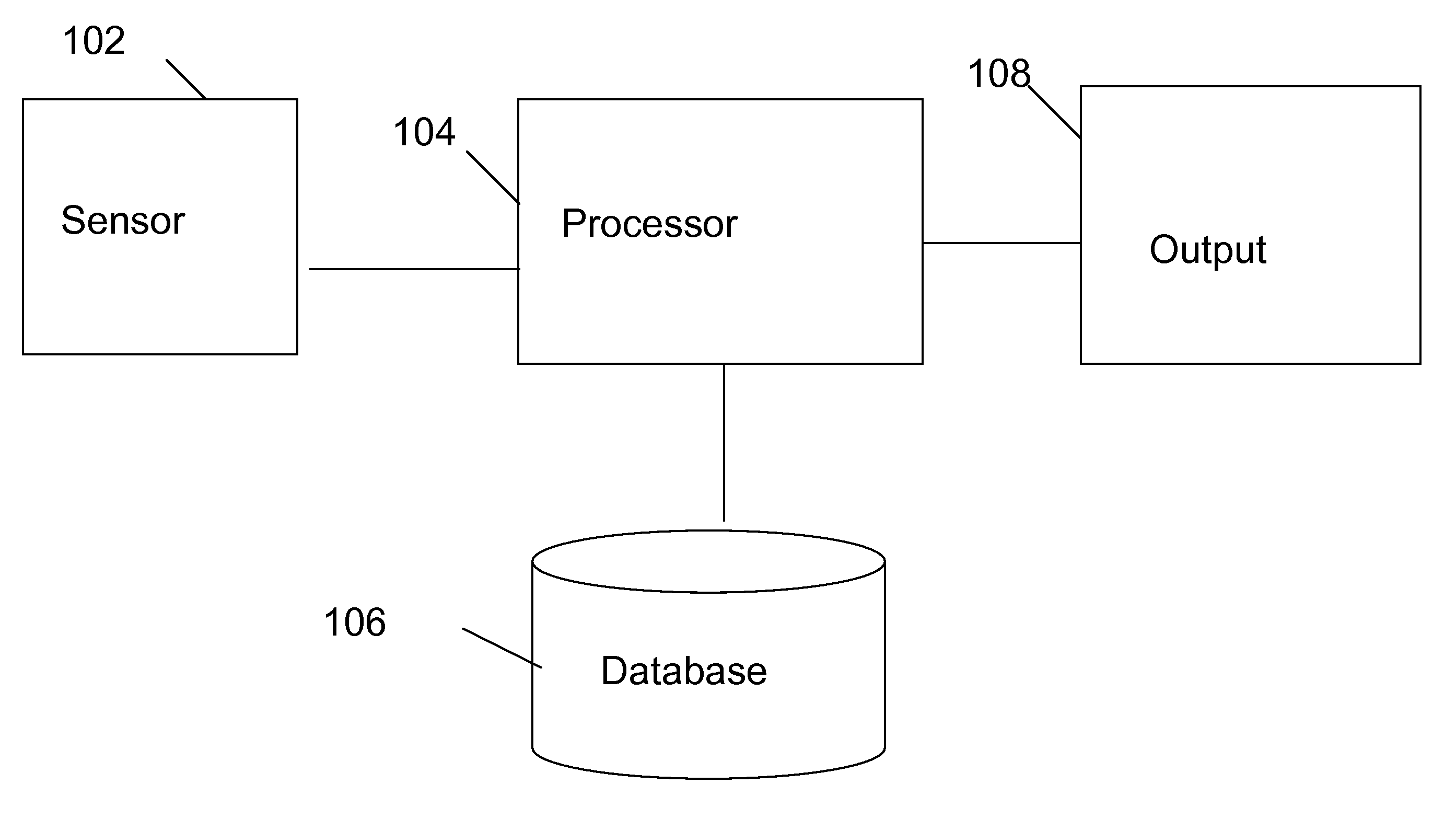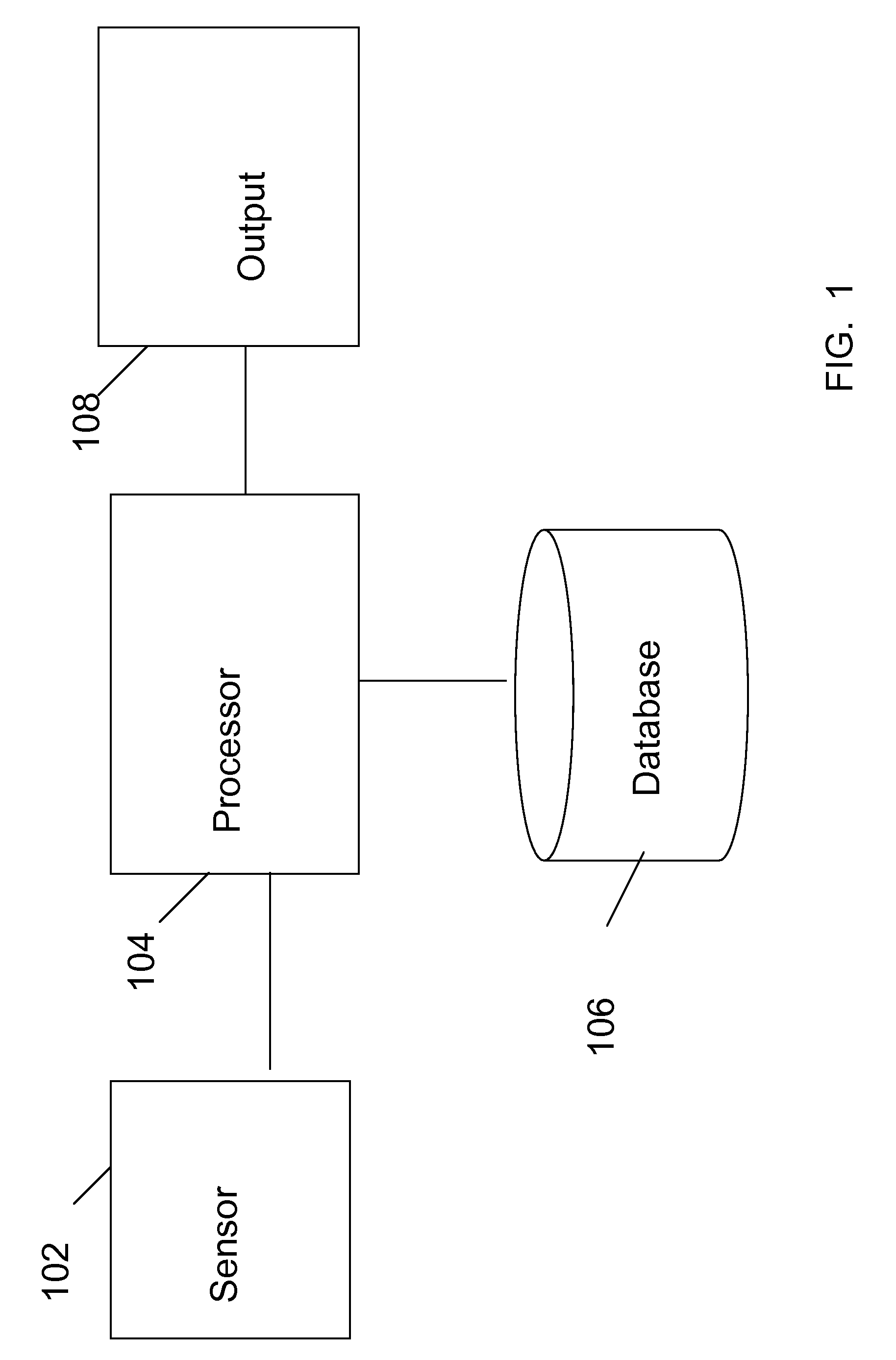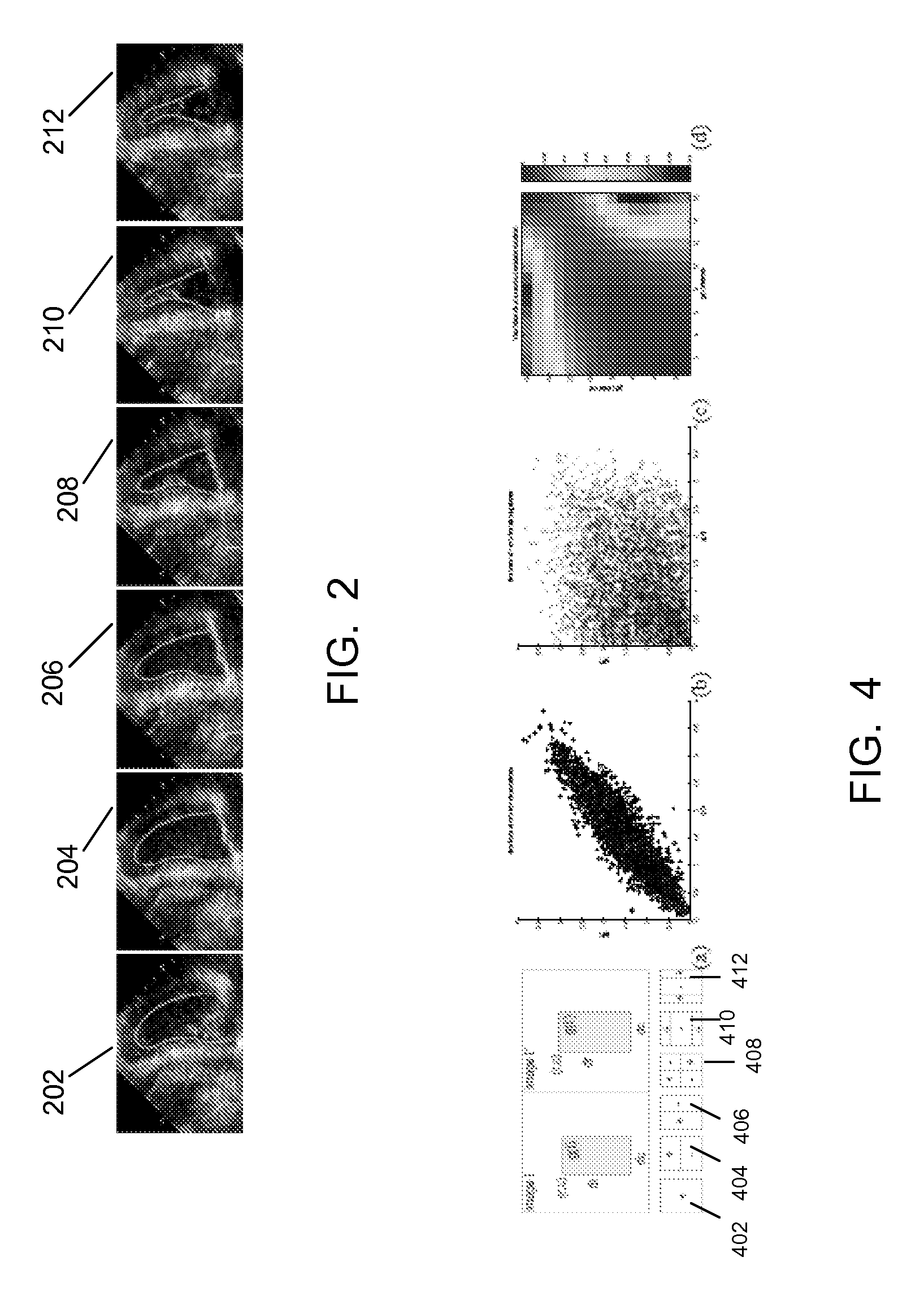System and method for using a similarity function to perform appearance matching in image pairs
a similarity function and image pair technology, applied in the field of similarity function to perform appearance matching in image pairs, can solve the problems of difficult motion estimation, insufficient handling of complex appearance variations, and generic known similarity functions,
- Summary
- Abstract
- Description
- Claims
- Application Information
AI Technical Summary
Benefits of technology
Problems solved by technology
Method used
Image
Examples
Embodiment Construction
[0023]The present invention is directed to a method for using a discriminative similarity function to estimate the motion of an anatomical structure. An example where such a method would be utilized is for detecting regional wall motion abnormalities in the heart by detection and segmentation of the ventricle endocardial or epicardial borders through machine learning, or classification, and by identifying similar cases from annotated databases. It is to be understood by those skilled in the art that the present invention may be used in other applications where the presented discriminative similarity function is useful such as, but not limited to, registering a digitally reconstructed radiograph image to a fluoroscopy image. The present invention can also be used in 2 dimensional, 3 dimensional and 4 dimensional (3D+time) data analysis, such as medical analysis of anatomical structures such as the heart, lungs or tumors, which can be evolving over time.
[0024]For purposes of describin...
PUM
 Login to View More
Login to View More Abstract
Description
Claims
Application Information
 Login to View More
Login to View More - R&D
- Intellectual Property
- Life Sciences
- Materials
- Tech Scout
- Unparalleled Data Quality
- Higher Quality Content
- 60% Fewer Hallucinations
Browse by: Latest US Patents, China's latest patents, Technical Efficacy Thesaurus, Application Domain, Technology Topic, Popular Technical Reports.
© 2025 PatSnap. All rights reserved.Legal|Privacy policy|Modern Slavery Act Transparency Statement|Sitemap|About US| Contact US: help@patsnap.com



